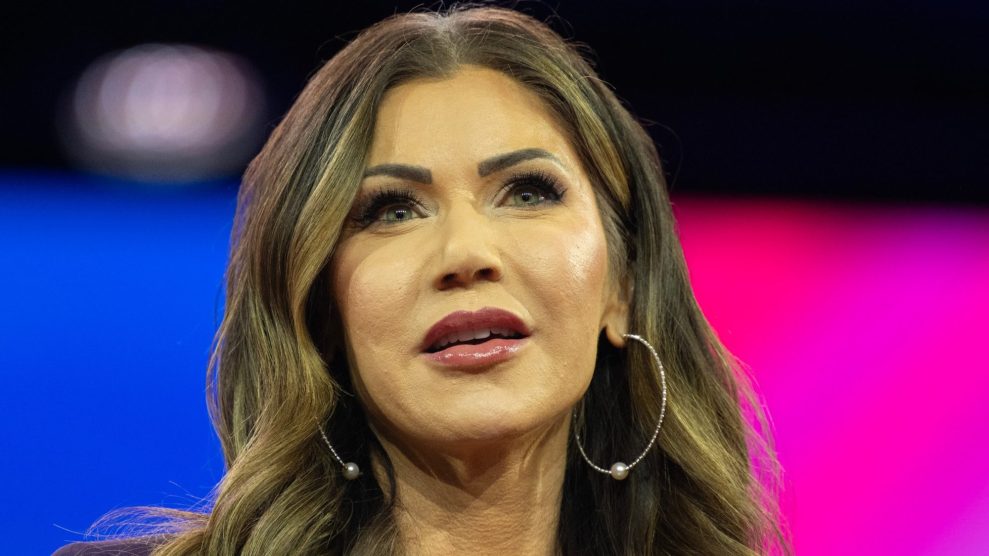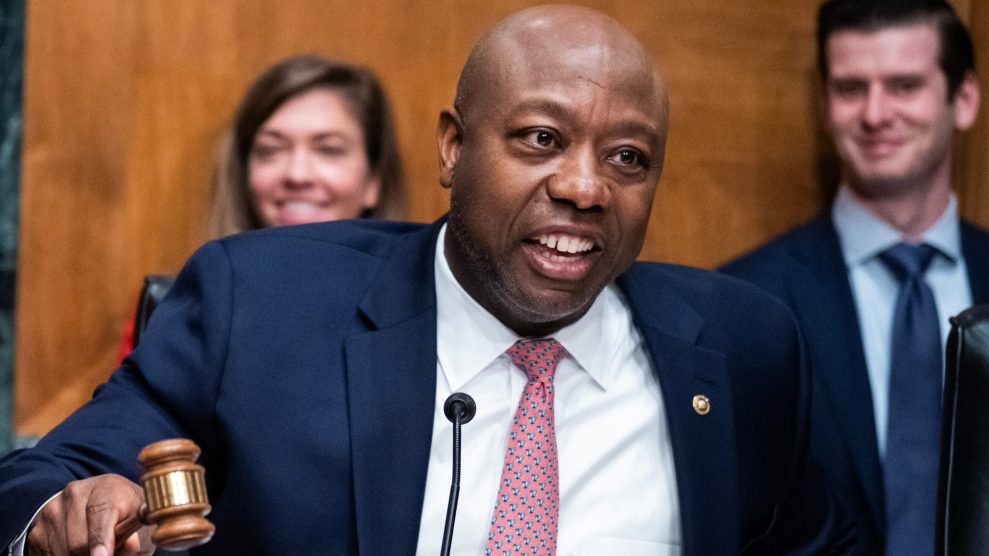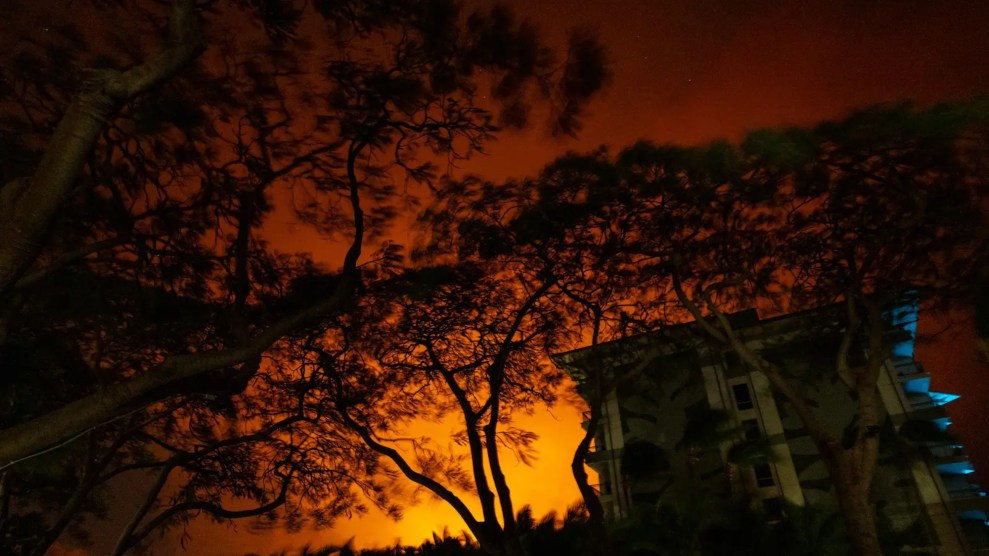Bashing MTV is so commonplace that it’s become a bit of a cliché. Where’s the music, blah blah, yes, we know. But today’s New York Times sneaks its way into the beat-up-MTV gang in an amusing way: behind a veil of presenting the supposedly innovative updates to this year’s Video Music Awards. After first comparing the network’s stumbles to Britney Spears’ and detailing how far behind YouTube and MySpace its online numbers are, the article turns to the VMAs. Suffering an apparent 28 percent drop in viewership last year, they’re making a couple changes. First, as they’ve bragged, it’ll be televised this Sunday at 9pm, and only this Sunday at 9pm–no endless repeats the week after. But wait, really?
In a departure from MTV’s practice of plastering the channel with repeat showings, programmers this year are hoping to attract interest with alternate versions. The first will be shown with running commentary from celebrities at the show who will chat about their favorite moments. The next will replace portions of the original with previously unshown performances or other moments chosen by visitors to MTV’s Web site. …MTV plans a third iteration that will highlight the strongest musical performances.
So, editing out the worst screwups makes it an “alternate version”? Well, guess the first intriguing idea turned out to be a lie. Howabout the show itself?
This year’s Video Music Awards will be shown live from the Palms Casino Resort (where MTV also recorded a recent season of its reality series “The Real World”) and will be substantially revamped. Instead of the usual production built on a single stage, MTV is taking a shotgun approach, scattering cameras around the hotel, with artists performing and receiving awards in decorated suites and the hotel’s own concert hall.
What’s so great about the Times article is that the descriptions of the show’s changes are written in such sunny prose, but the ideas just sound terrible. Performances from hotel suites?! They may have found the only way to make the show seem more canned. The VMAs’ glory days as a tongue-in-cheek nose-thumbing at traditional awards shows may be long gone, but the Times makes clear things sure can keep getting worse.















